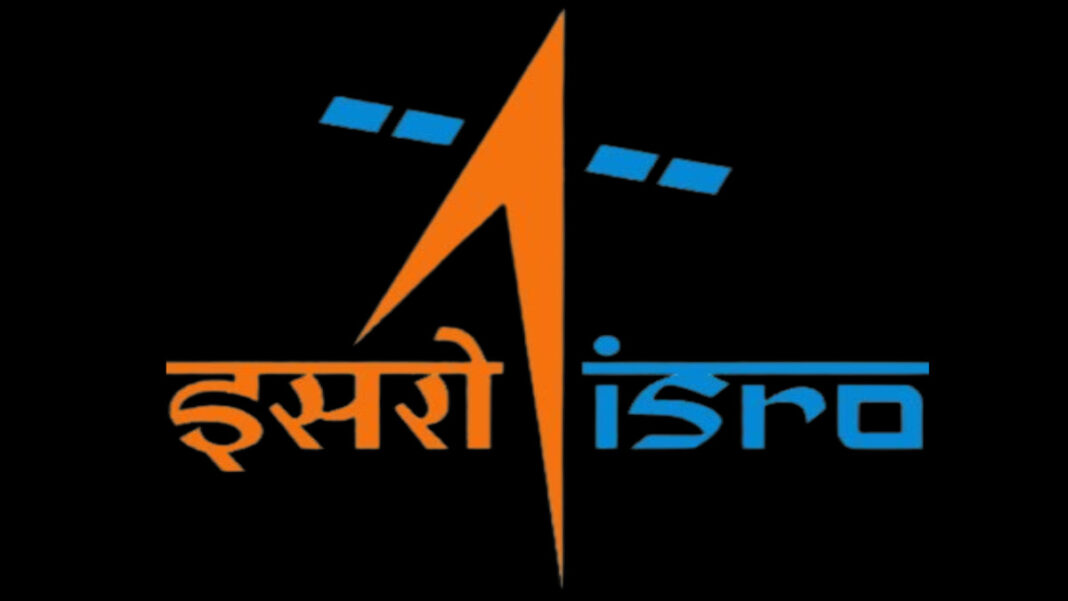INDIA: The Visible Line Emission Coronagraph (VELC), the main payload on board Aditya-L1, India’s first dedicated scientific mission to study the Sun, was handed over to ISRO on Thursday by the Indian Institute of Astrophysics (IIA).
Aditya-L1 is scheduled to launch in June or July
The turning over event occurred at the Centre for Research and Education in Science and Technology (CREST) campus of IIA nearby in the presence of ISRO Chairman S Somanath.
VELC, the largest and one of the most technically difficult of the seven payloads/telescopes that will fly on Aditya-L1, has been successfully assembled, tested, and calibrated, according to IIA, at its CREST campus.
According to an announcement from ISRO, the VELC will now undergo more testing before being eventually integrated into the Aditya-L1 spacecraft. Somanath congratulated the VELC team and stated that the launch of Aditya-L1 was anticipated in June or July.
“Aditya-L1 wants to shed light on the subject because it is now crucial to understand how the Sun affects Earth and its environs. The development of VELC took 15 years from conception to completion, which was necessary for such a complicated system. The VELC represents IIA and ISRO’s best joint effort,” he added.
Aditya L1, India’s first spacecraft, will orbit the Sun-Earth system’s Lagrangian point 1 (L 1) in a halo orbit to investigate the Sun.
As per ISRO, this mission will be more beneficial for detecting solar activity and its impact on space weather because it has seven payloads to view the photosphere, chromosphere, and the Sun’s outermost layers (the corona).
When unveiling the official VELC payload logo, IIA Director Prof. Annapurni Subramaniam noted, “VELC is a collective effort and is a huge milestone for the institute. Close cooperation between IIA, ISRO, and other enterprises around India was required for the effort. We anticipate that this payload will produce significant scientific findings once it is operational”.
Aditya-1, a 400 kg class satellite carrying a single payload (VELC), was the initial name for the solar space mission. It was intended to be launched into an 800 km low Earth orbit.
The mission was renamed Aditya-L1, and it would now be inserted in a halo orbit around the L1, which is 1.5 million kilometres away from Earth and heading toward the Sun. The main advantage of this orbit is that it enables continuous Sun observation without interference from eclipses or occultations.
The other six are Aditya Solar Wind Particle Experiment, Plasma Analyser Package for Aditya, Solar Low Energy X-ray Spectrometer, High Energy L1 Orbiting X-ray Spectrometer, and Magnetometer payloads.
According to ISRO officials, “the satellite’s scientific investigations would improve our existing understanding of the Solar Corona and also give crucial data for space weather studies.”
According to Prof. Raghavendra Prasad, the VELC payload’s principal investigator, no other solar coronagraph in space can picture the solar corona as closely to the solar disc as VELC can.
“It has the ability to perform imaging, spectroscopy, and polarimetry simultaneously as well as record data at a high resolution (degree of detail) and several times per second. It can image objects that are up to 1.05 solar radii away”, he continued.
The data is anticipated to answer many unanswered questions in the discipline and will revolutionise solar astronomy worldwide.
Former ISRO Chairman A. S. Kiran Kumar claims that the VELC took 15 years to create and is not a straightforward engineering feat. This is encouraging for upcoming space missions, and in the future, he wants to see more of these cutting-edge space science expeditions.
Also Read: NASA Will Test Nuclear Rockets to Send Astronauts to Mars Swiftly



